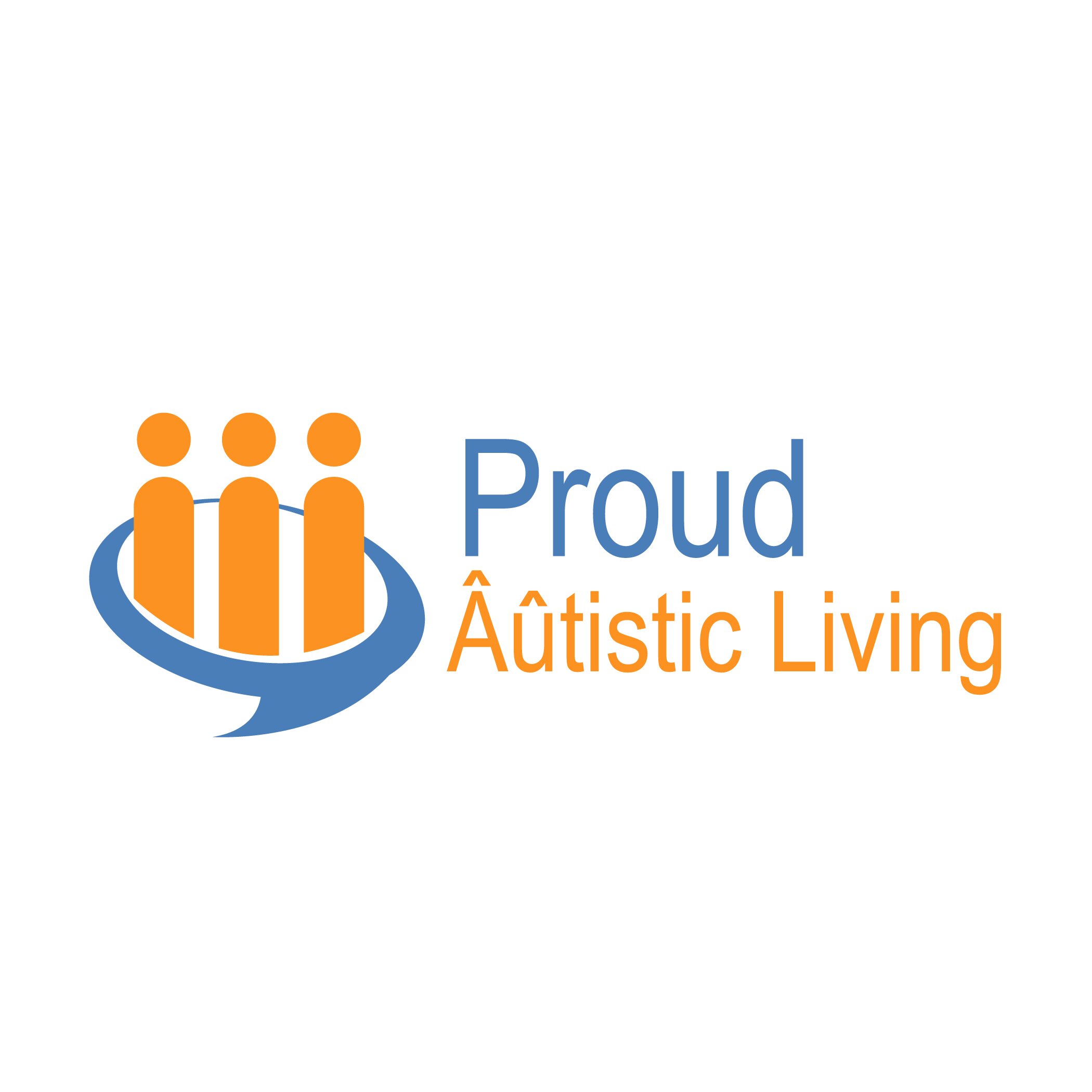This day has presented to me two virtually diametrically opposed narratives. On one hand was the really pleasurable experience of reading Karla McLaren’s wonderful article Focusing on autism-positive approaches (to stave off despair) A really great article I highly recommend you give it a read. On the other hand was the less then positive experience of watching the story on todays edition of A Current Affair, a tabloid journalism show on Australian Television’s Channel 9. You can see their for more information about them.
 On the one had was the discussion about searching for research that was not of a negative narrative, pathologised, and deficit model. A fruitless search.
On the one had was the discussion about searching for research that was not of a negative narrative, pathologised, and deficit model. A fruitless search.
On the other was a 10 minute or so story that painted in every way Autism as a problem to be solved, or endured or cured, or changed. There were a few stories of a few autistic people. The focus was on their challenges and not their skills. The focus was on the experience of their parents and siblings and not on their own experiences. This is very much a problem with the narrative that we have. A narrative that is continually presented with minimal or zero actually autistic voices. When those minimal voices are presented it is, at least from my viewing angle, is tokenistic.
It appears to be all about the stories that will bring about the most viewers. The best sensationalism it what it really seems to be about. Stories of devastation, stories that are full of difficulty, struggle and loss really fit this bill.
I would like to say here that there was effort made by the program to put a positive spin on the program. Unfortunately that spin was all about how particular therapies and interventions had brought about successful change in the autistic people involved. The idea of autistic people being accepted as they are was non-existent in the narrative or the imagery in the programs.
During the program the primary interviewee made the statement that “it’s not going to go away it’s going to get worse and worse and worse.” This is nothing but a negative portrayal. It displays a lack of acceptance of autistic people for who they are.  The implication was that this can be changed by intervention, by intervention the “autism” can be minimised. This is simply not acceptance at all it is ableist and smacks of a cure culture.
The implication was that this can be changed by intervention, by intervention the “autism” can be minimised. This is simply not acceptance at all it is ableist and smacks of a cure culture.
Unfortunately this is not surprising as the stories we see about autism and autistic people across the media are generally of this kind. Generally they are very much about the experiences of the people surrounded by the autistic person rather than about the actually autistic person themselves. Whether it be the print media, the screen media, or indeed the social media streams. The stories that we see mostly are stories of struggling against autism, surviving autism, grieving for the lost child, and sickeningly triumphing over autism.
It’s time to change the narrative. For my part I have attempted to make contact with the program and asked the question of they would be interested or willing to hear some autistic voices. I hope they make contact, as I do believe they want the best, I do believe they are just caught up in the machine that is the Autism Industry which thrives on the negative narrative. The only way to change it is to keep speaking out with actually autistic voices.





